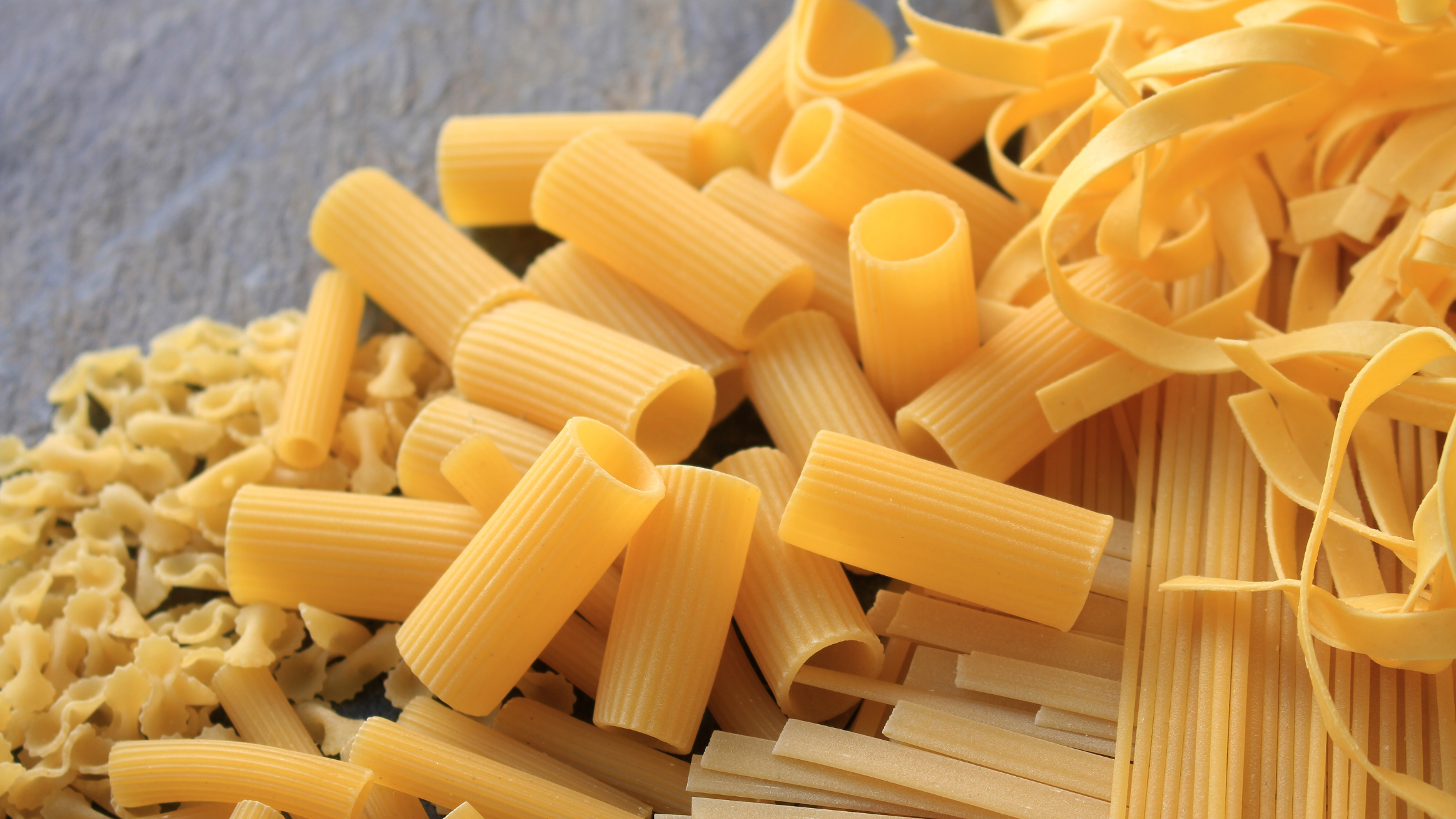DRIED PASTA TO COOKED PASTA WEIGHT
2 min read
Understanding the Transformation: Dried Pasta to Cooked Pasta Weight
By: Atlante on Jun 13, 2023 6:30:05 PM

Cooking pasta is an art that requires precision, and part of that precision lies in understanding the transformation that occurs during the cooking process. At Atlante, we believe in providing not only delicious pasta but also the knowledge to elevate your culinary experience. In this blog, we will explore the concept of dried pasta to cooked pasta weight and help you navigate the transition effortlessly.
-
The Science Behind Dried Pasta: Dried pasta, such as the exceptional offerings from Atlante, undergoes a meticulous drying process to extend its shelf life while maintaining its integrity. During this process, the pasta loses moisture, resulting in a reduction in weight and a concentrated flavour profile.
-
Unraveling the Expansion: When dried pasta is cooked, it absorbs water, causing it to expand and soften. This expansion is responsible for the increase in weight and volume of the cooked pasta compared to its dried counterpart. Understanding this transformation is crucial for portion control and ensuring that your pasta dish turns out just right.
-
The Ratio: Dried Pasta to Cooked Pasta: The ratio of dried pasta to cooked pasta weight can vary depending on the pasta shape, size, and cooking time. As a general guideline, the cooked weight of pasta is approximately two to two-and-a-half times the weight of dried pasta. For example, if you cook 100g of dried pasta, you can expect it to yield around 200-250g of cooked pasta. However, it's always best to refer to the specific cooking instructions provided by Atlante or adjust the quantity based on personal preference.
-
Balancing Portion Sizes: Understanding the transformation from dried to cooked pasta weight allows you to control portion sizes effectively, knowing the dried pasta calories might help. If you are mindful of your calorie intake or looking to achieve a specific serving size, measuring your dried pasta before cooking is crucial. This knowledge empowers you to create balanced and satisfying pasta dishes while keeping your dietary goals in check.
-
Cooking Tips for Perfect Pasta: To ensure optimal results, follow these tips when cooking Atlante's dried pasta:
- Read the package instructions carefully: There are a variety of dried pasta shapes and each one may require different cooking times, so refer to the instructions provided by Atlante for the best outcome.
- Use a large pot with plenty of water: Ample water allows the pasta to cook evenly and prevents sticking.
- Salt the cooking water: Adding salt to the water enhances the pasta's flavor during cooking.
- Taste for doneness: Cook the pasta until it reaches your preferred texture. Al dente, meaning "to the tooth," is a popular choice where the pasta is cooked but still has a slight firmness.
- Embrace the Culinary Journey: Cooking pasta is not only about numbers and measurements; it's a journey of flavors and creativity. Atlante's dried pasta serves as a canvas for your culinary aspirations, allowing you to experiment with different sauces, toppings, and ingredients. Let your imagination run wild and savor the joy of creating memorable pasta dishes that reflect your personal taste.
Conclusion: Understanding the transformation from dried pasta to cooked pasta weight is a valuable skill in your culinary repertoire. With Atlante's exceptional dried pasta, you can confidently embark on your pasta-cooking adventures, armed with the knowledge to achieve perfectly portioned and flavorful meals. So, embrace the art of pasta preparation, trust Atlante's expertise in ambient pasta, and let the magic of transformation unfold on your plate.
Decoding the CONTENT OF Dried Pasta Calories 100g
UNDERSTANDING YOUR NUTRITIONAL JOURNEY
10kg Bag Of Pasta for wholesalers
The Benefits of 10kg Bags of Pasta: Why Wholesale Buyers Should Consider Atlante's Bulk...

